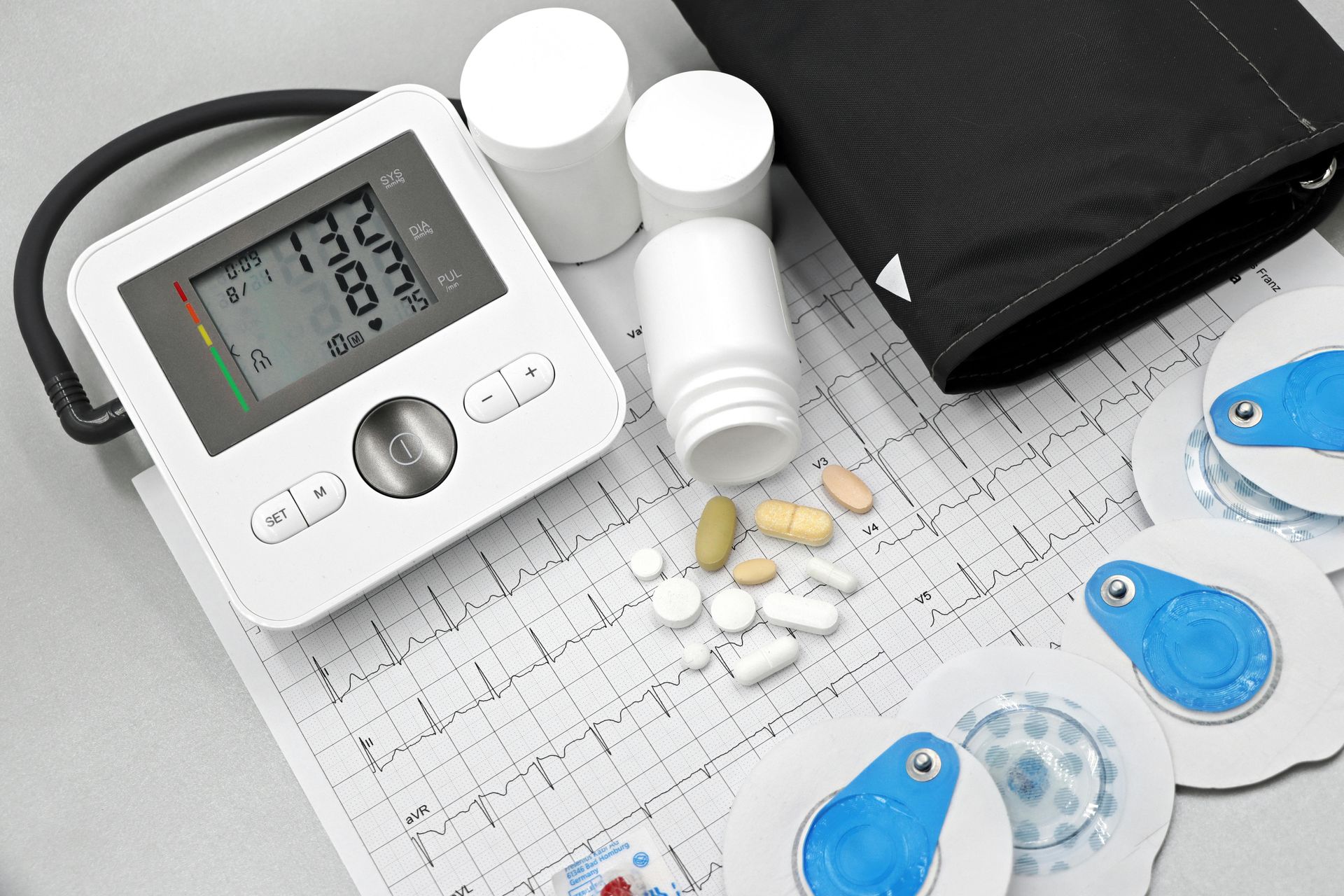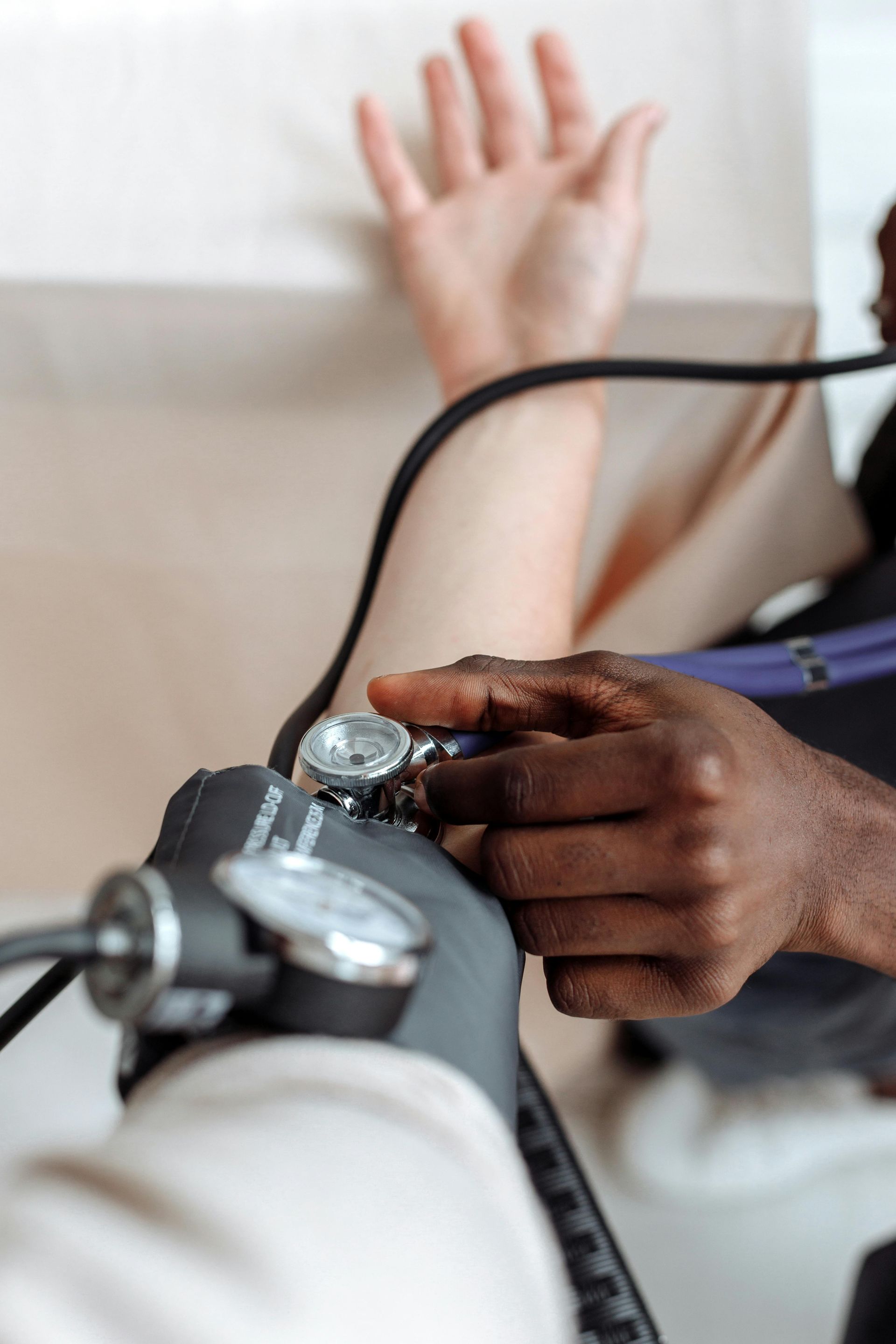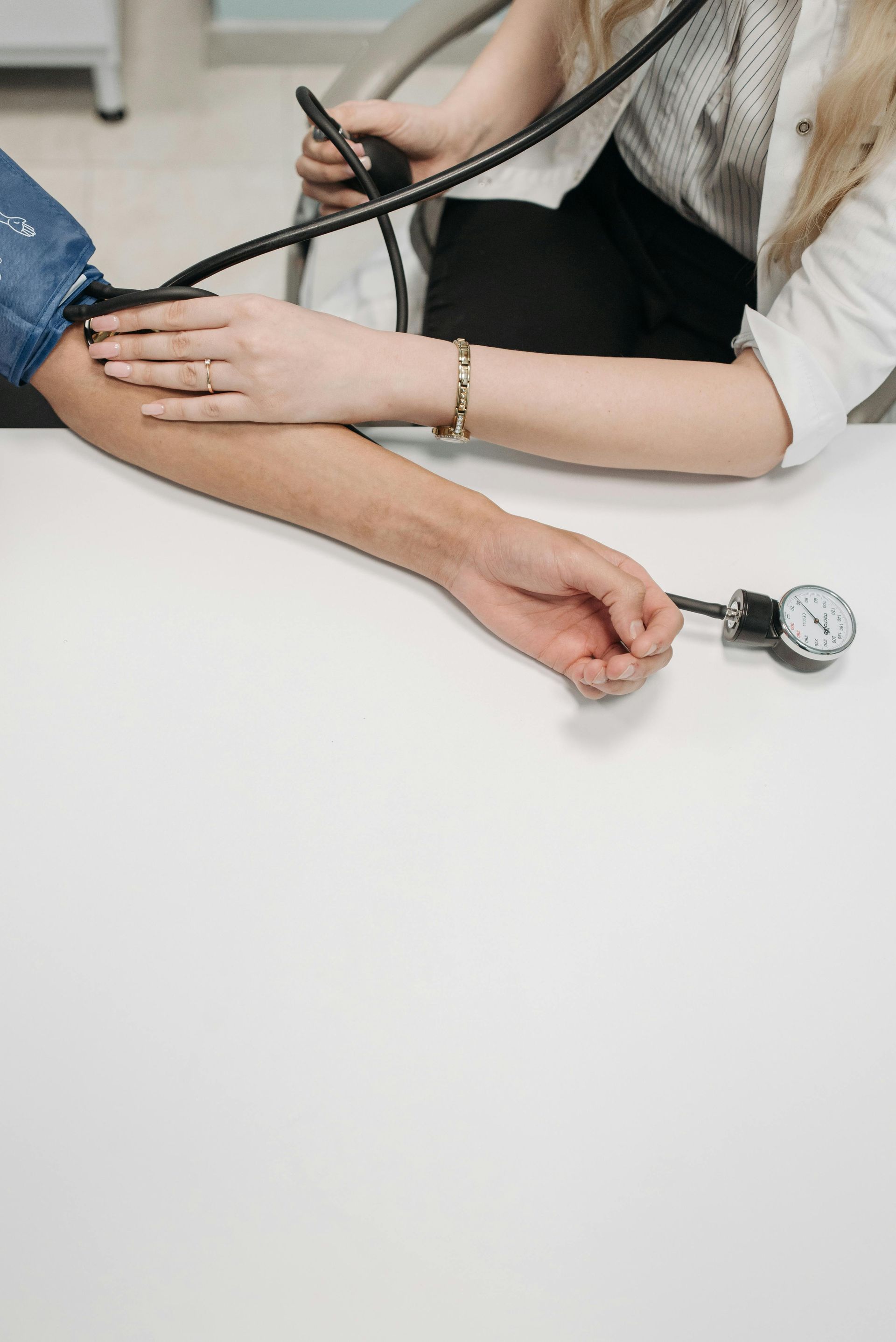Mohamad-Ali Salloum is a Pharmacist and science writer. He loves simplifying science to the general public and healthcare students through words and illustrations. When he's not working, you can usually find him in the gym, reading a book, or learning a new skill.
Combination Therapy for Hypertension: Evidence-Based Strategies for Optimal Control
Share
Hypertension remains a leading global health challenge, affecting over 1.28 billion adults worldwide. Achieving optimal blood pressure control often requires more than monotherapy. Current guidelines from the AHA and ESH emphasize early initiation of combination therapy to improve outcomes and reduce cardiovascular risk.
This page reviews the rationale , types , clinical benefits , and monitoring strategies for combination therapy, incorporating recent evidence and practical insights.
I. Why Combination Therapy?
Combining agents with complementary mechanisms—such as an ACE inhibitor and a thiazide diuretic —targets multiple physiological pathways, resulting in more effective blood pressure reduction.
Dual or triple combinations often provide additive benefits, improving efficacy without proportionally increasing side effects.
Using lower doses of multiple drugs can minimize adverse effects compared to high‑dose monotherapy, enhancing patient adherence.
II. Types of Combination Therapy
Single‑pill combinations (SPCs) improve adherence
and simplify regimens. Recent trials,
such as GMRx2
, show superior blood pressure control
compared to dual therapy.
Separate tablets allow flexibility in dose adjustment but may reduce adherence compared with SPCs.
Low‑dose triple therapy (e.g., telmisartan, amlodipine, indapamide ) is now FDA‑approved and recommended for patients with uncontrolled hypertension.
III. Clinical Benefits and Expectations
Combination therapy significantly increases the likelihood of achieving targets <130/80 mmHg, as supported by 2023–2025 meta‑analyses.
Lowering blood pressure with combination therapy reduces the risk of stroke, myocardial infarction, and heart failure.
Therapy should be tailored based on comorbidities such as diabetes , chronic kidney disease (CKD) , and age.
IV. Monitoring and Safety
Use home or ambulatory BP monitoring for accurate assessment.
Educate patients and consider SPCs to improve compliance.
Monitor for electrolyte imbalances (e.g., hypokalemia in diuretic‑based combinations) and adjust therapy as needed.
Bottom Line (Recap)
- Target multiple pathways for stronger BP reduction.
- SPCs simplify therapy and boost adherence.
- Triple therapy is appropriate for persistent uncontrolled BP.
- Use home/ABPM; monitor electrolytes—especially with diuretics.
- Tailor to comorbidities (diabetes, CKD, age).
Quick Quiz: Combination Therapy
Tap the best answer for each question, then hit Grade Quiz.
References:
1.American Heart Association. 2025 Hypertension Guideline Updates.
2.European Society of Hypertension. 2023 Guidelines for the Management of Arterial Hypertension.
3.Elgendy MS et al. Low-dose triple combination for hypertension: systematic review and meta-analysis. Naunyn-Schmiedeberg's Arch Pharmacol. 2025.
4.FDA approval of GMRx2 triple combination pill for hypertension. Pharmacy Times, 2025.
5.George Medicines Phase III trial results. The Lancet, 2024.
List of Services
ABOUT THE AUTHOR
Mohamad-Ali Salloum, PharmD
Share
Recent articles:





















